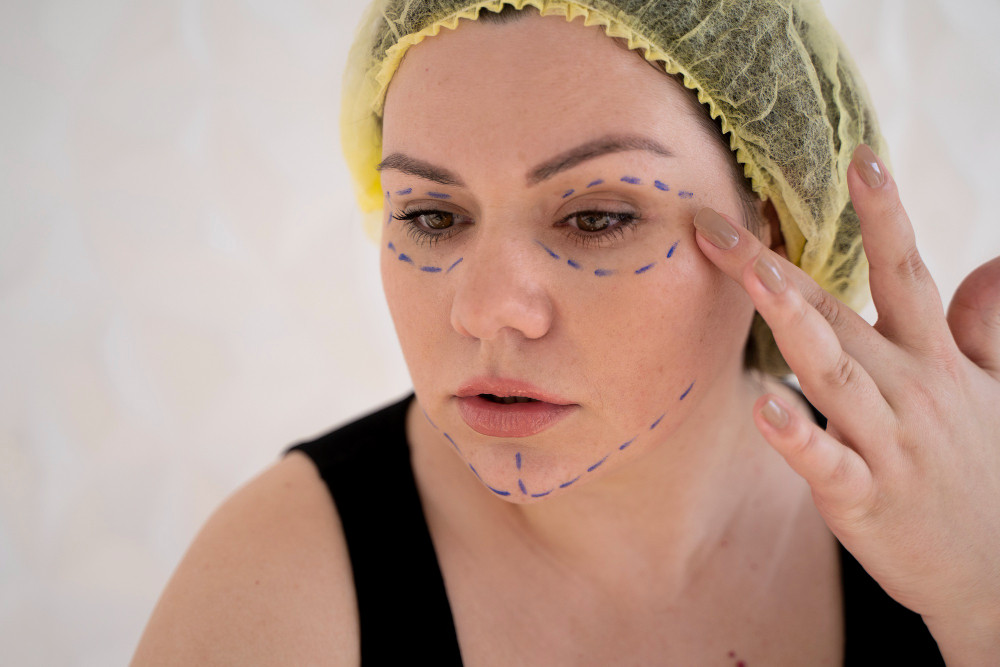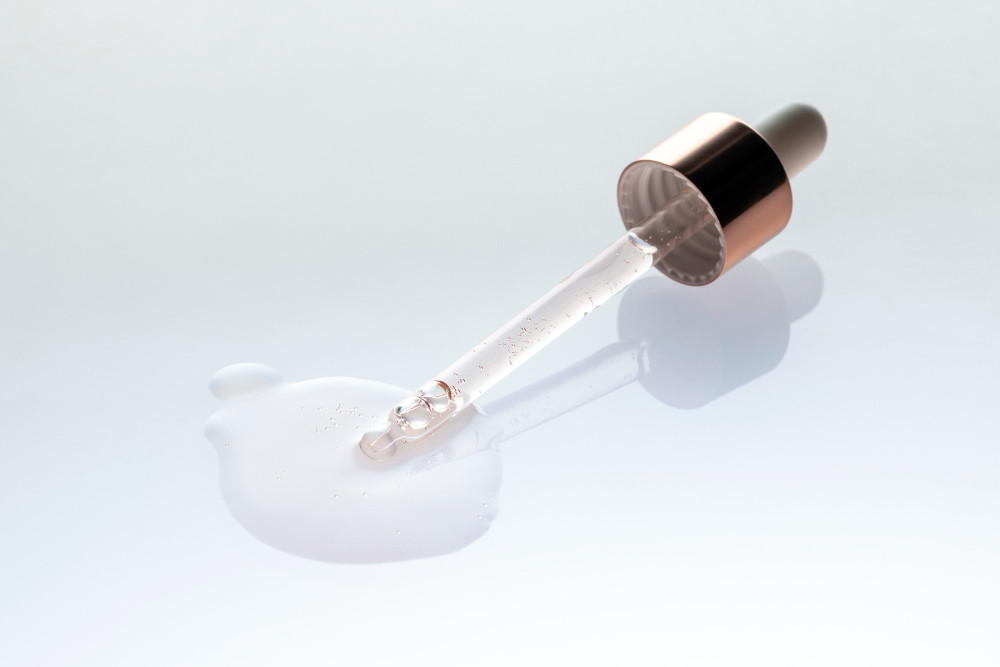Kulit kendur adalah masalah penampilan yang banyak dialami pria dan wanita terutama ketika memasuki usia di atas 50 tahun. Selain karena proses penuaan alami, kulit kendur juga dapat disebabkan oleh paparan sinar matahari dan perubahan berat badan drastis. Meskipun kulit kendur bukan masalah kulit berbahaya, namun hal ini dapat menyebabkan seseorang kehilangan kepercayaan diri.
Penyebab Kulit Kendur
Kulit kendur umumnya paling mudah terlihat di area dagu, tenggorokan, kelopak mata, perut dan lengan. Penyebab utama kulit kendur adalah proses penuaan alami, namun pada kelompok usia lebih muda, hal ini juga dapat terjadi akibat gaya hidup.
Beberapa penyebab kulit kendur, antara lain:
Proses penuaan
Seiring bertambahnya usia, kulit kehilangan dua protein penting yang diproduksi di dermis yaitu elastin dan kolagen. Penurunan produksi elastin membuat elastisitas kulit berkurang sehingga kulit sulit kembali ketika direntangkan. Selain bertambahnya usia, penurunan kolagen juga dapat menurun akibat paparan sinar UV, paparan polusi, dan gaya hidup tertentu seperti sering minum alkohol dan kurang mengonsumsi makanan yang bernutrisi.
Penurunan berat badan
Pada orang yang mengalami kelebihan berat badan, beban ekstra dalam jangka waktu lama dapat menyebabkan kerusakan pada serat kolagen dan elastin di kulit. Akibatnya ketika Anda menurunkan berat badan dalam waktu singkat, kulit akan terlihat kendur dan terkulai.
Kehamilan
Kehamilan dapat menyebabkan kulit kendur pada tingkat tertentu. Pada kehamilam kembar kulit akan terlihat lebih kendur di sekitar perut jika dibandingkan dengan orang yang hamil hanya dengan satu bayi. Kondisi ini juga dipengaruhi oleh usia ibu.
Baca Juga: Perawatan Rutin untuk Segala Jenis Kulit
Cara Mengatasi Kulit Kendur
Cara mengatasi kulit kendur dapat disesuaikan dengan tingkat keparahannya. Pada kulit kendur yang ringan, beberapa penanganan yang bisa dilakukan antara lain:
Olahraga
Kulit kendur akibat penurunan berat badan atau kehamilan dapat dihilangkan dengan olahraga. Beberapa gerakan dalam olahraga dapat membangun atau mengencangkan otot yang membantu mengatasi kulit kendur seperti angkat beban, pilates, dan senam wajah.
Suplemen
Mengonsumsi suplemen seperti kolagen, hyaluronic acid dan antioksidan dapat membantu mengatasi masalah kulit kendur.
Baca Juga: Kurap (Ringworm) di Kulit Kepala Sering Dialami Anak-Anak, Kenali Gejala dan Penularannya
Menggunakan retinol
Penggunaan retinol dalam bentuk krim, losion atau serum dapat meningkatkan elastisitas pada kulit wajah dan sekitar mata. Pada beberapa kasus, Anda mungkin membutuhkan retinol yang diresepkan oleh dokter. Jenis retinol ini umumnya dapat mendorong produksi kolagen lebih baik dan meningkatkan elastisitas lebih baik dari retinol yang dijual bebas di pasaran.
Perubahan gaya hidup
Menjaga asupan cairan, berhenti merokok dan selalu menggunakan sunscreen saat beraktivitas di luar rumah dapat membantu mengatasi kulit kendur serta membuat tampilan kulit lebih segar.
Sedangkan untuk kasus kulit kendur sedang hingga berat, beberapa penanganan yang bisa dilakukan antara lain:
Terapi laser
Terapi laser, termasuk di antaranya laser resurface dapat membantu meningkatkan produksi kolagen dan memperbaiki warna kulit secara keseluruhan. Hasil terapi laser mungkin baru akan terlihat setelah beberapa kali perawatan. Terapi laser bisa dilakukan untuk kulit wajah, perut, lengan atas dan area tubuh lainnya.
Sedot lemak
Untuk kasus kulit kendur yang tidak bisa diatasi dengan terapi di atas, Anda bisa melakukan sedot lemak atau body contouring di bawah pengawasan dokter. Jenis-jenis body contouring seperti tummy tuck, face lift, neck lift umumnya menunjukkan hasil signifikan setelah perawatan, namun membutuhkan masa pemulihan lebih lama dibandingkan jenis terapi lainnya.
Kulit kendur dapat terjadi akibat penambahan usia, kehamilan, atau gaya hidup. Jika Anda merasa tidak percaya diri akibat kulit kendur, konsultasikan ke dokter untuk mendapat penanganan terbaik. Anda juga bisa memanfaatkan fitur konsultasi pada aplikasi Ai Care yang dapat diunduh di ponsel.
Mau tahu tips dan trik kesehatan, pertolongan pertama, dan home remedies lainnya? Cek di sini, ya!
- dr. Monica Salim
Watson, K. (2019). How to Tighten Skin on the Face and Neck. Available from: https://www.healthline.com/health/beauty-skin-care/how-to-tighten-skin-on-face
Whelan, C. (2019). Why Do I Have Saggy Skin, and What Can I Do About It?. Available from: https://www.healthline.com/health/skin/saggy-skin
There are many ways to firm sagging skin. Available from: https://www.aad.org/public/cosmetic/younger-looking/firm-sagging-skin
Troughton, S. (2021). What can people do to firm up saggy skin?. Available from: https://www.medicalnewstoday.com/articles/saggy-skin











